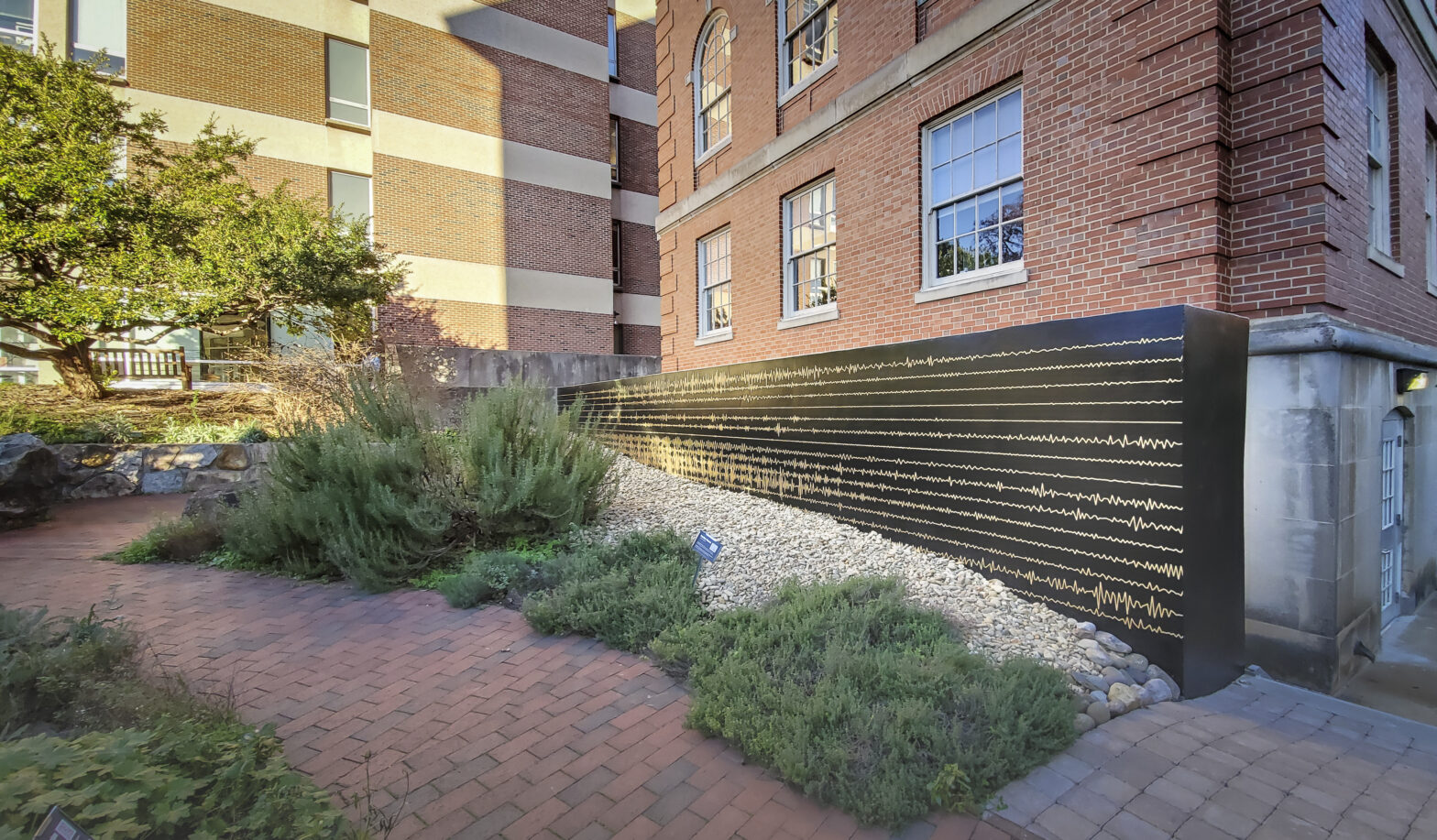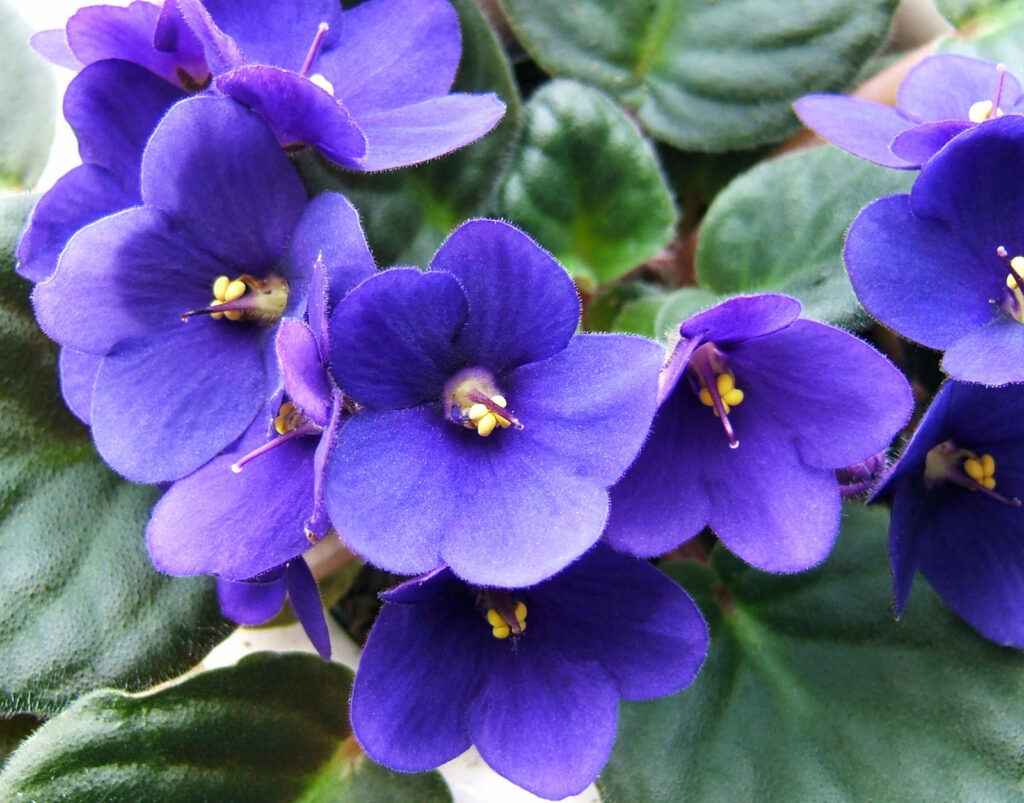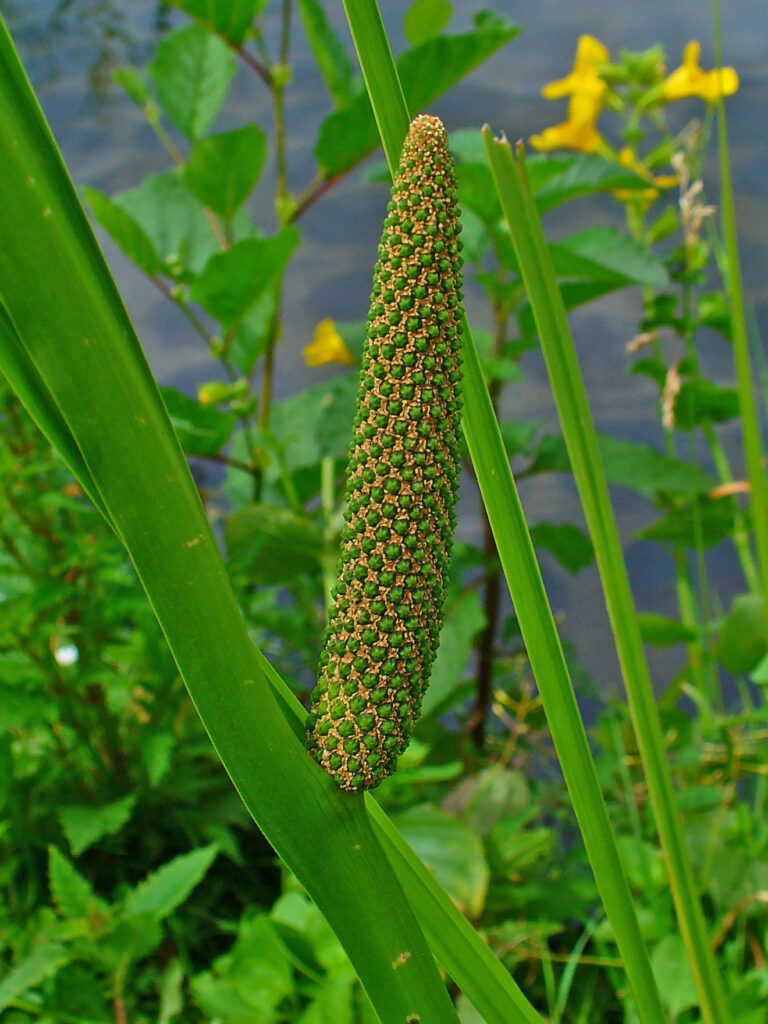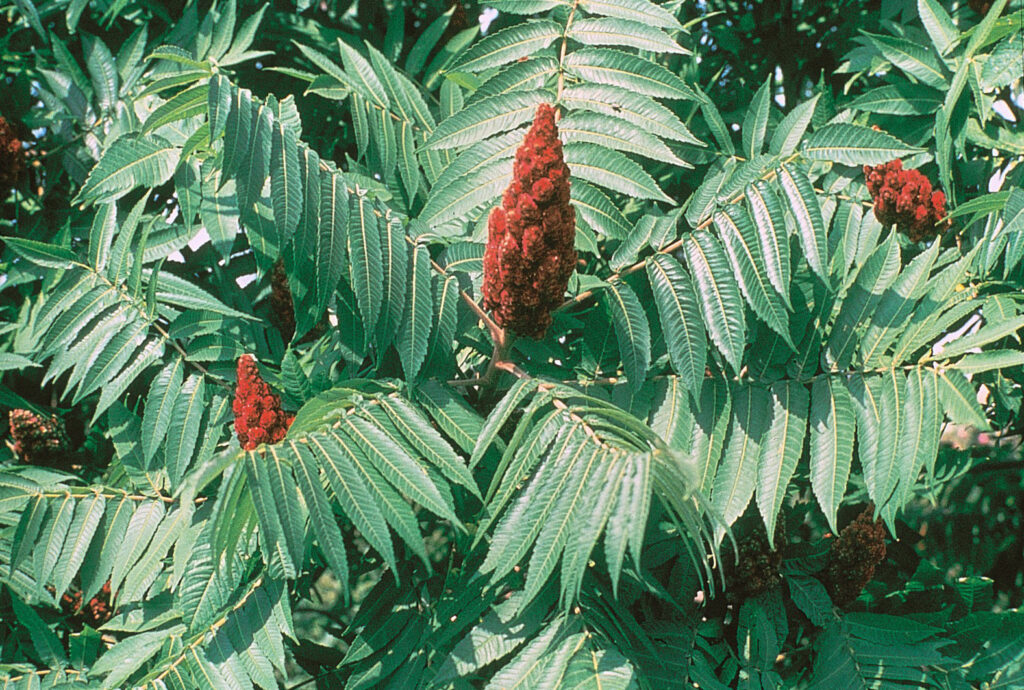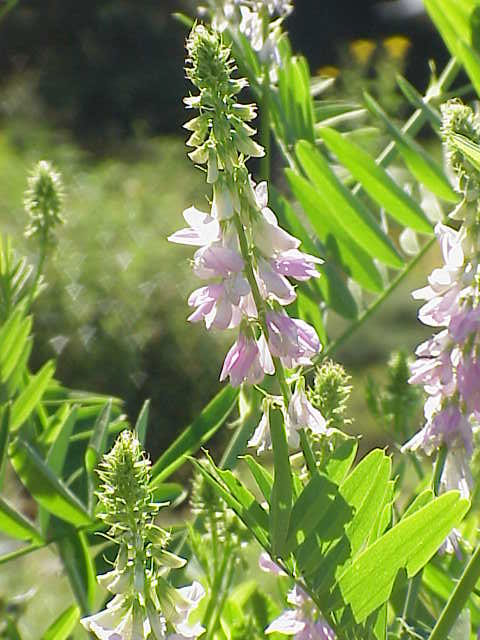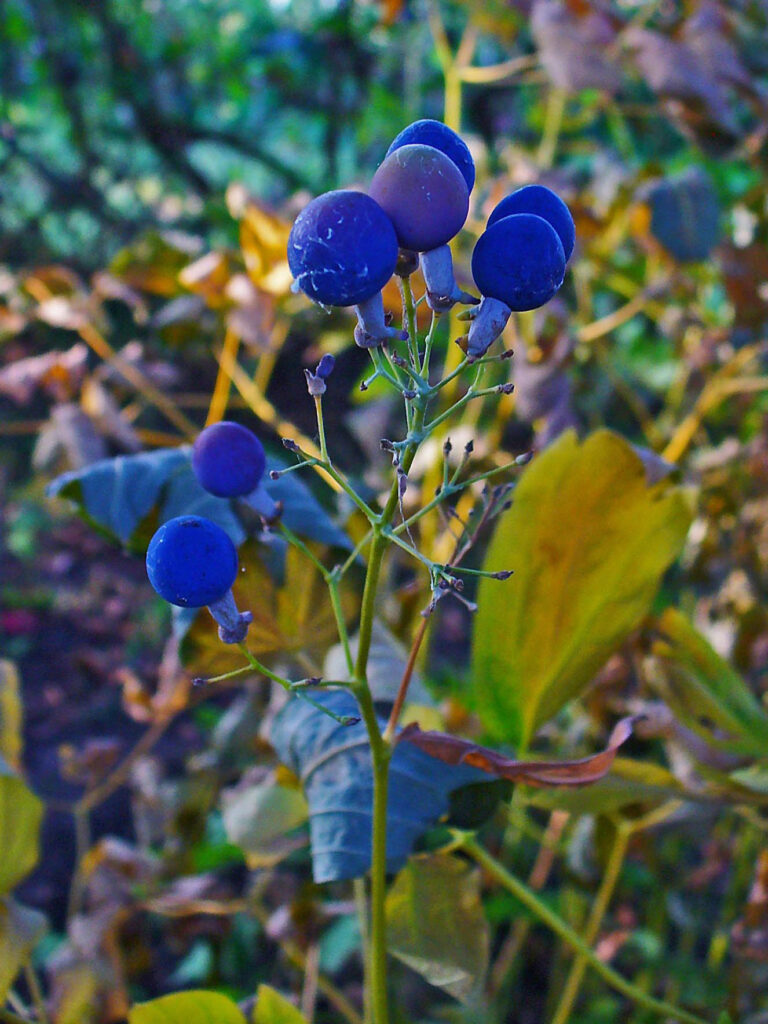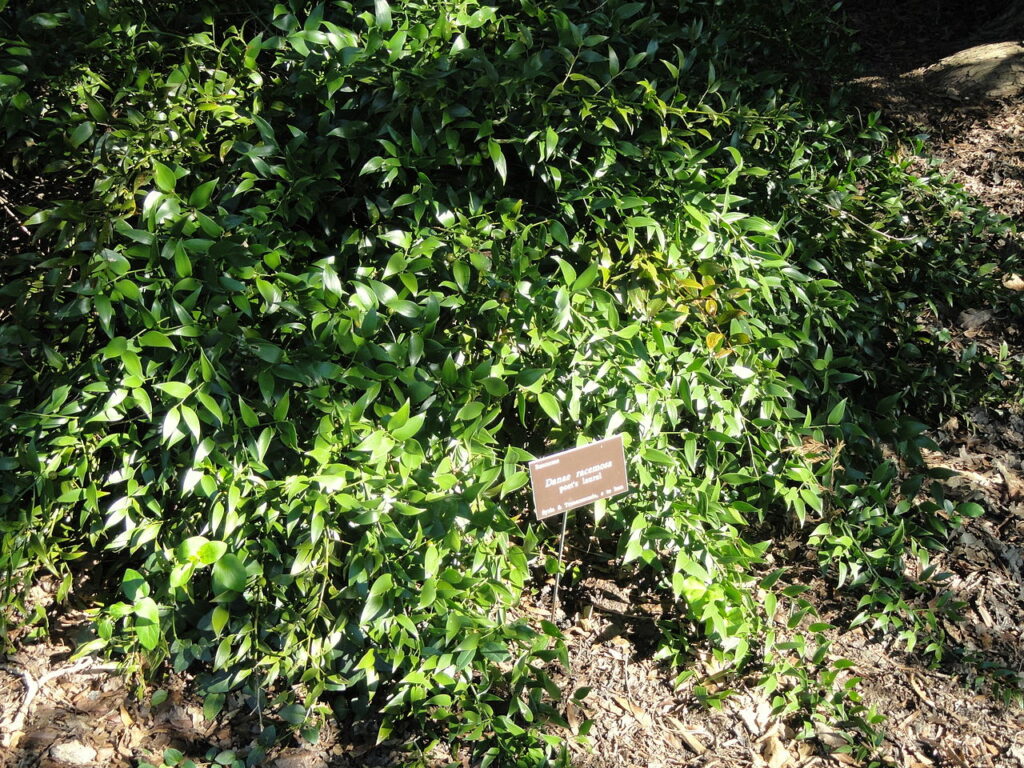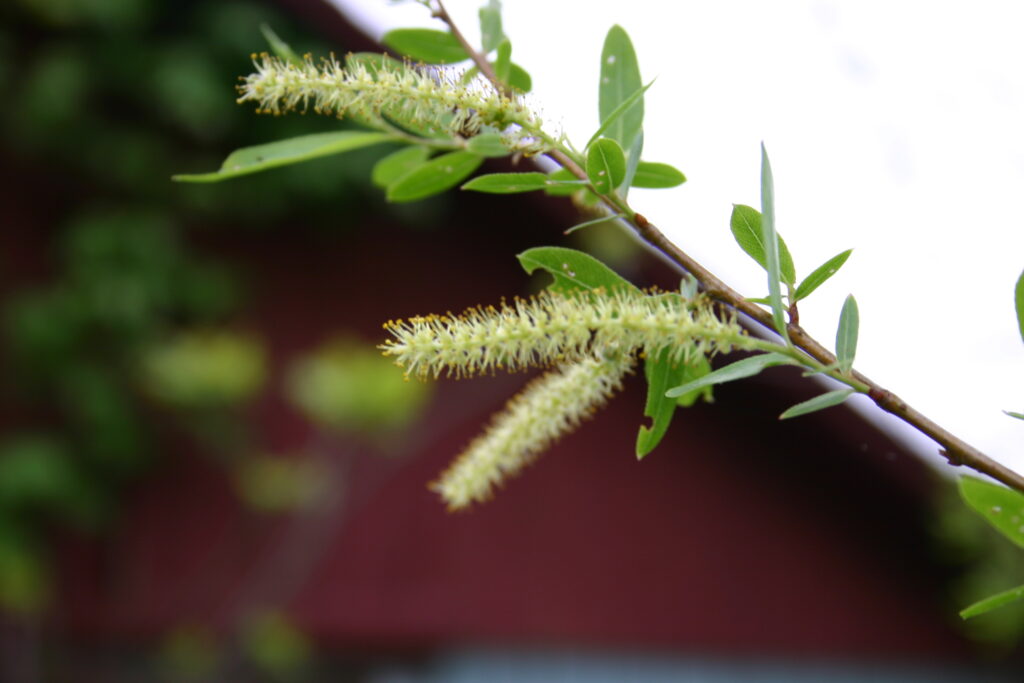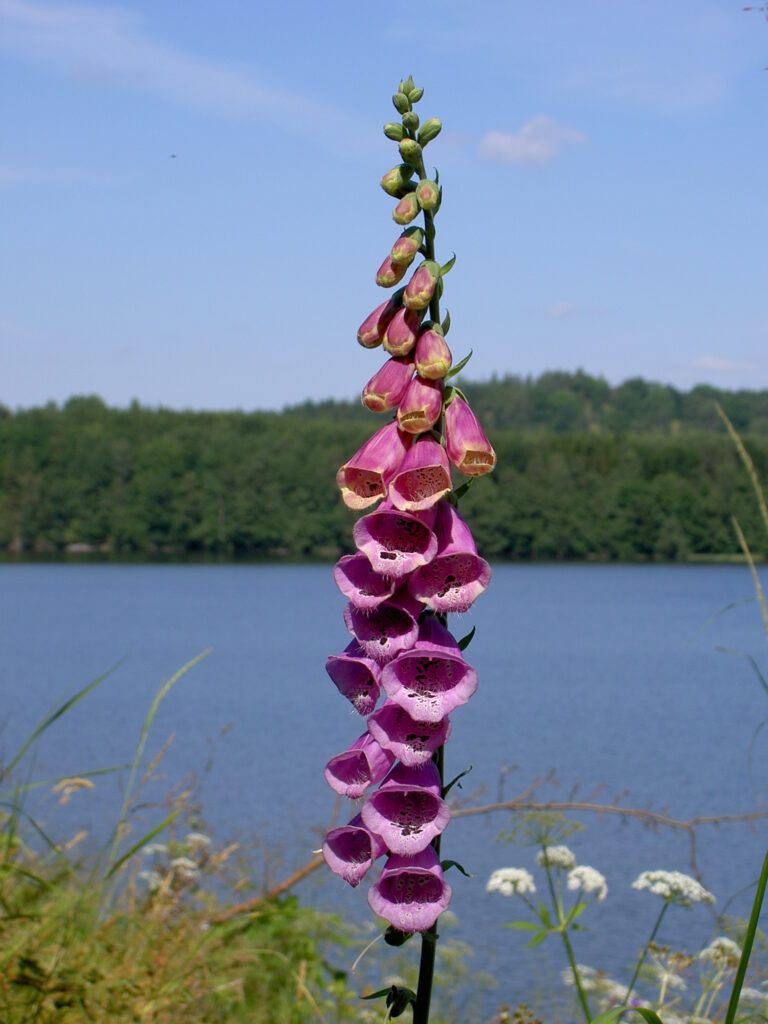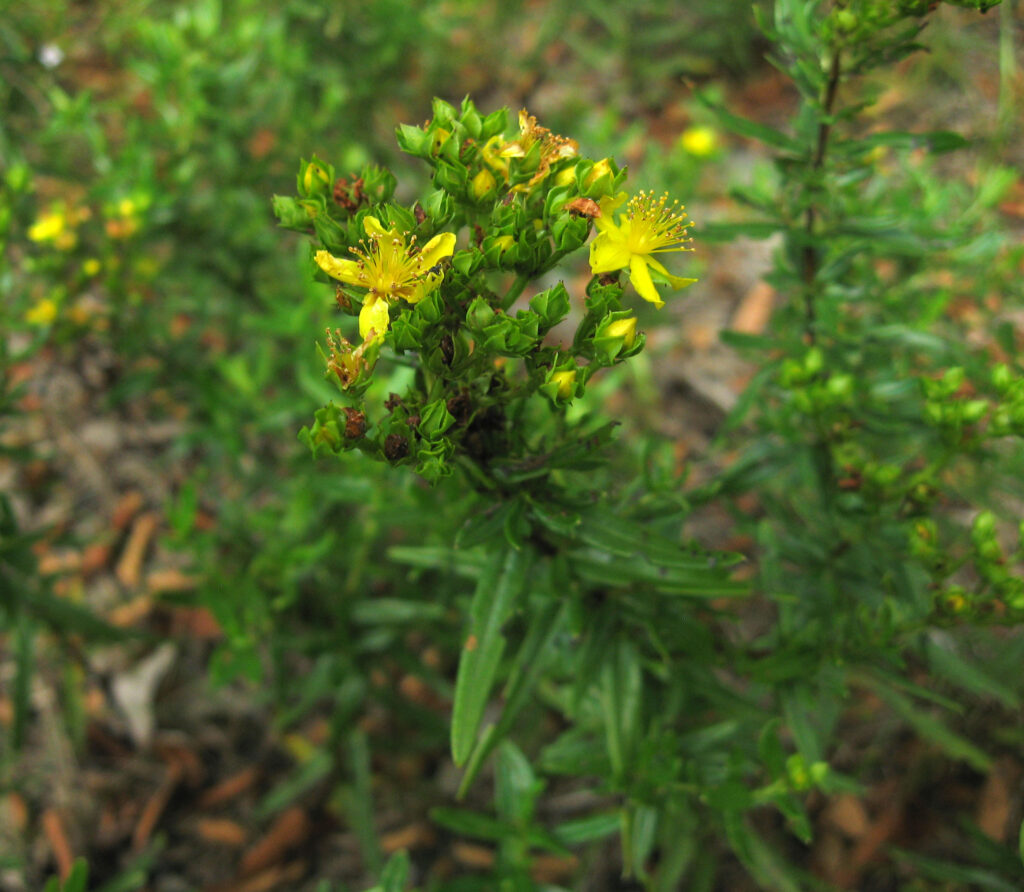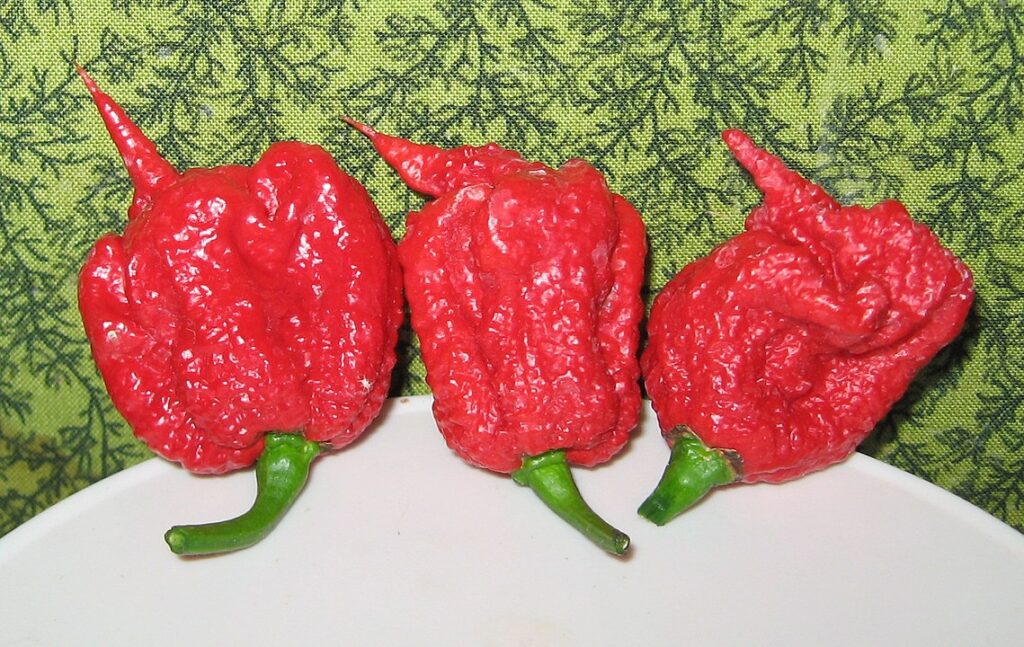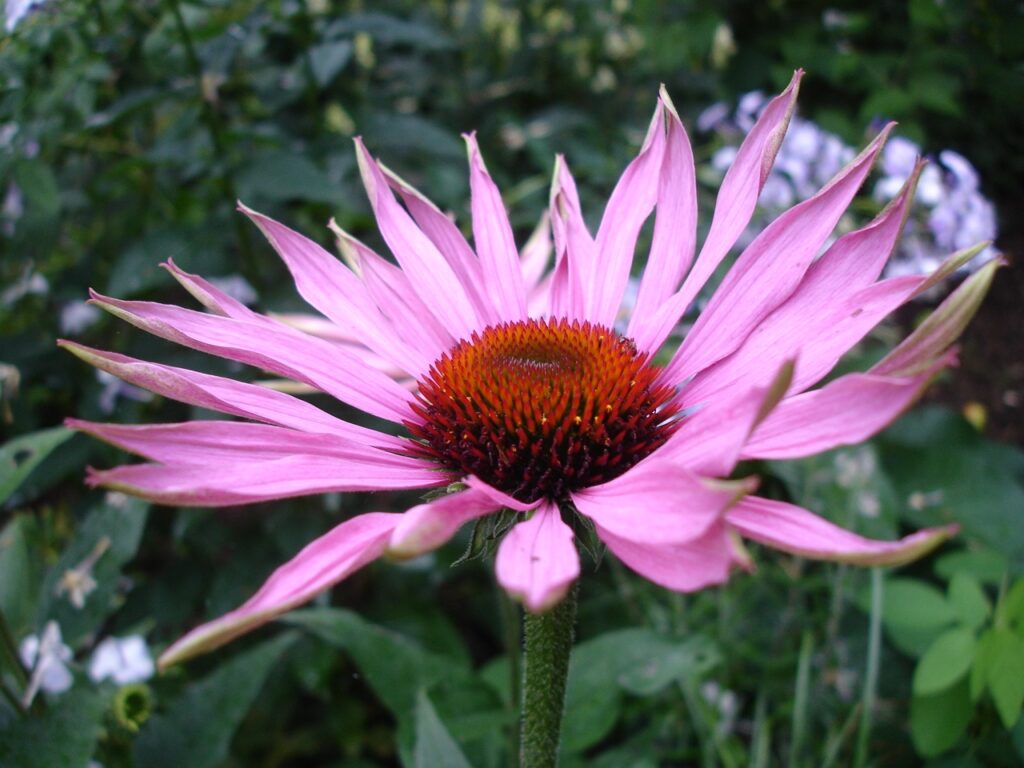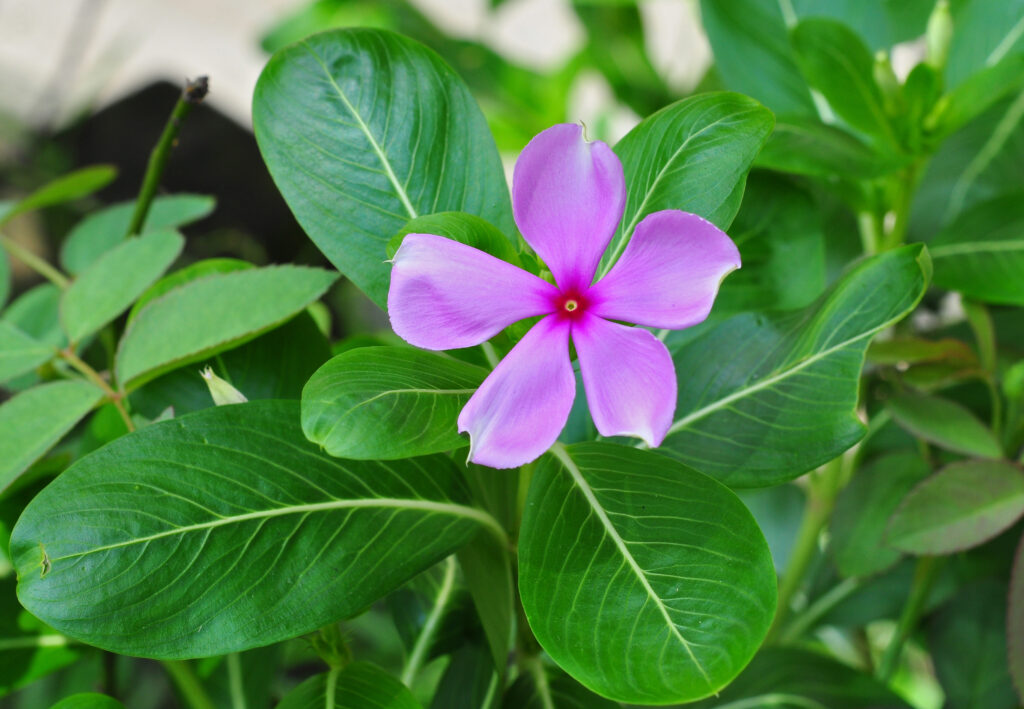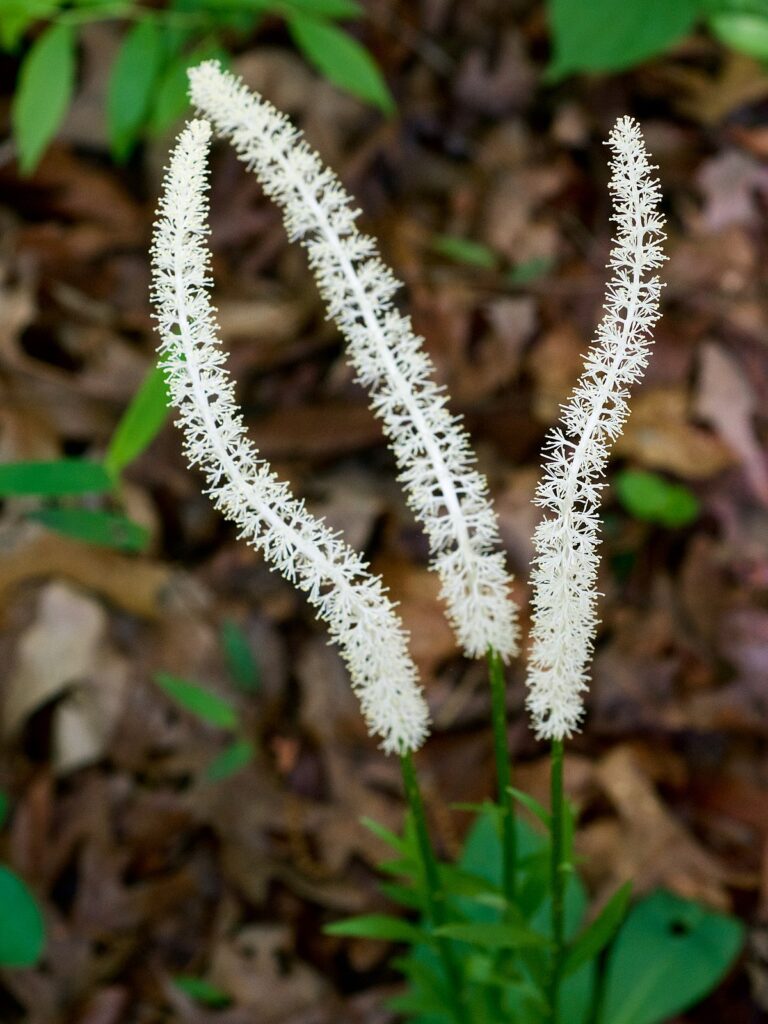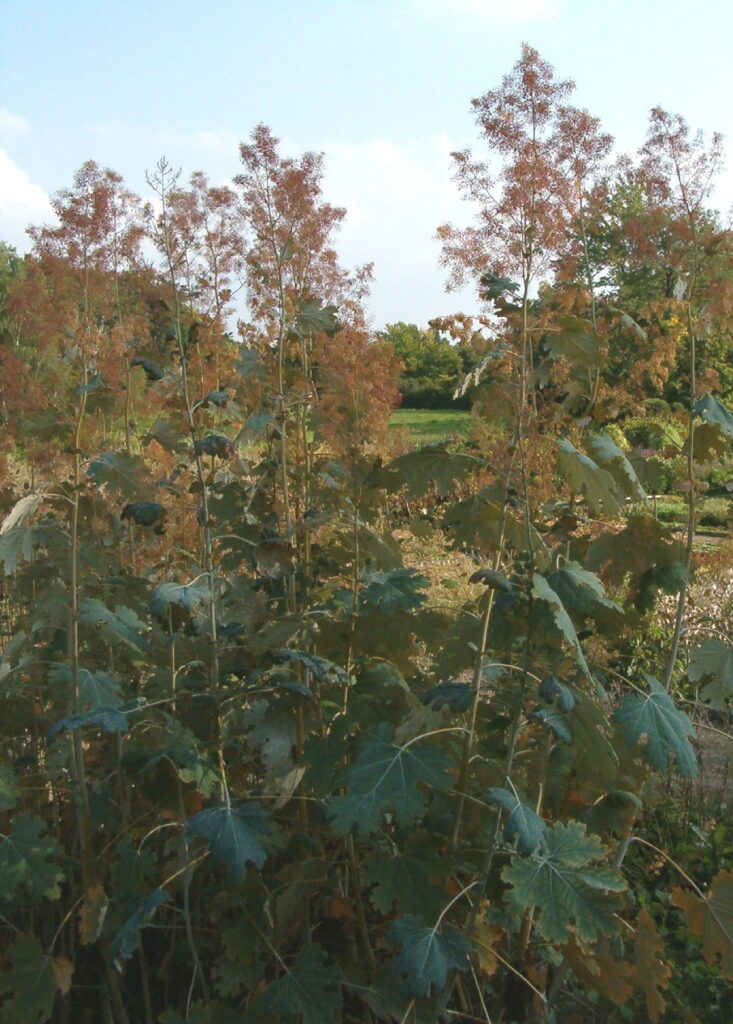Commissioned by the Department of Art and Art History’s Alumni Sculpture Garden, in collaboration with the Department of Biology, artist Alyssa Miserendino conceptualized, designed and created this site specific mural, in 2020, for the University of North Carolina at Chapel Hill.
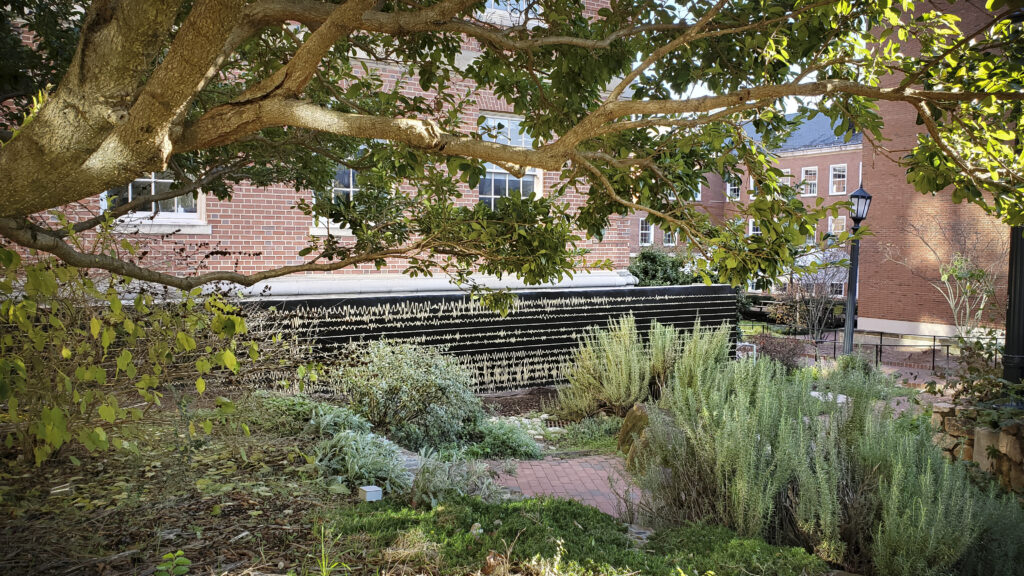
Titled, Plant Waves, the mural depicts the frequencies of 16 different plants, living within the garden, represented by gold lines. Gold was chosen as a means to represent one of the very few elements found in nature, as its pure form; metal. It is virtually indestructible but at the same time incredibly malleable. Gold doesn’t react easily with other elements, thus maintaining its original properties, and is a good conductor of heat and electricity. While real gold doesn’t exist on the wall, this color was chosen for site specificity, as the wall remains in shade for most of the day. Gold’s chemical symbol ‘Au’ originates from the Latin word ‘aurum’ meaning ‘shining dawn’ in reference to Aurora, the Roman Goddess of dawn who announces the arrival of the sun. For the alchemists, gold was the representation of achievement of the highest consciousness, which would translate to perfection in all matter. It is also the name of Aurora consurgens, an alchemical treatise believed to have been written by Thomas Aquinas. Chinese alchemist and author, Wei Boyang from the 2nd century A.D. is claimed to have written “Gold is the most valuable thing in all the world because it is immortal and never gets rotten. Alchemists eat it, and they enjoy longevity.” (1) Today gold is used in cancer research and treatments. This scientific knowledge and symbolism of gold were of interest to the artist, tasked to design a mural that stands as a backdrop to a medicinal garden – one that contains plants that provide healing and transformational properties.
The plants were chosen from within the Sam W. Hitt Medicinal Plant Garden, in collaboration with Dr. Alan Jones (University of North Carolina at Chapel Hill). Each chosen plant’s frequency was read by a custom-made electrocardiogram (ECG/EKC) designed by Quran Karriem (Duke University). The collected information was translated into an image via a custom application designed by Lily Han (New York University). The wall’s mural was executed by Professional Concrete Flooring Solutions, Seven Barks Graphics, artist Jengiz Musavi, and Alyssa Miserendino.
Additional thanks to Kat Timm (University of North Carolina at Chapel Hill) for her time assisting in the many tasks near the end of the 14-month project, helping to bring it to completion.
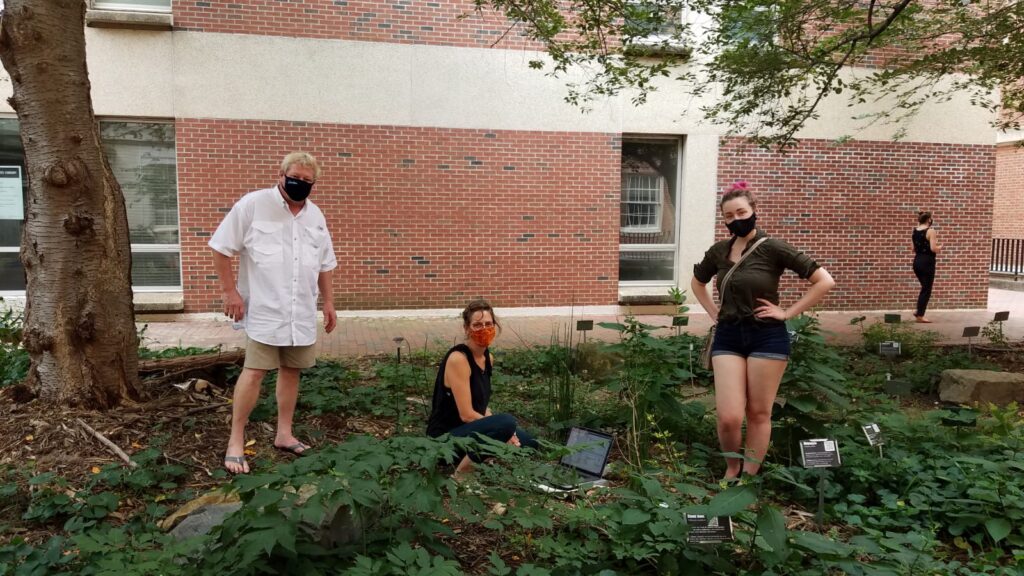
taking frequency measurements in the hidden, “back” Sam W. Hitt’s Medicinal Plant Garden.
Photo credit: Irene Sadler
Mirroring the descending (top to bottom) order of the mural’s gold lines, you can find information by clicking on each photograph + text link below. Each photograph links to further information regarding the plant and the text links to the ECG/EKC output file:
(1) https://www.smithsonianmag.com/innovation/how-doctors-harnessing-power-gold-fight-cancer-180949436/
